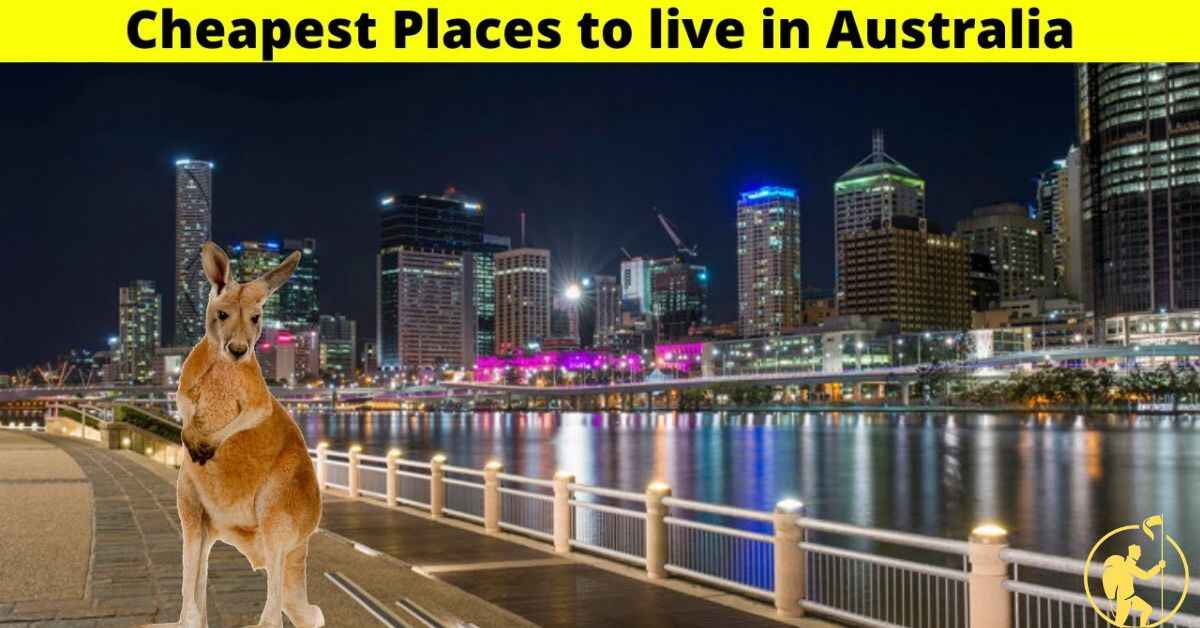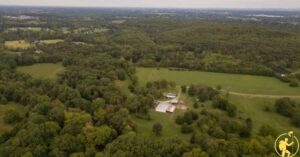Discovering affordable places to live in Australia has become increasingly challenging as housing costs continue to rise across major cities. Many residents and newcomers struggle with high rental prices, expensive utilities, and mounting daily expenses that strain their budgets.
However, several Australian cities and regions still offer reasonable living costs without compromising quality of life. This comprehensive guide explores the most affordable locations across Australia in 2024, analyzing housing markets, living expenses, and lifestyle factors.
From Adelaide’s budget-friendly suburbs to Darwin’s cost-effective housing, we’ll reveal the best places to live comfortably while spending less.
Understanding Cost of Living in Australia
Living costs in Australia vary greatly between cities and regions. These costs impact your daily life and long-term financial planning.
Key Cost Factors
Housing is the biggest expense in Australia. A one-bedroom apartment in city centers costs between $1,500 to $2,800 per month in 2024. Outside city centers, prices drop to $1,200-$2,000. House prices for purchase range from $400,000 to over $1 million.
Transportation takes up 10-15% of monthly expenses. Public transport passes cost $100-150 monthly. Car ownership adds fuel ($1.80-2.20/liter), insurance ($800-1,200/year), and maintenance costs.
Utilities average $200-300 monthly for a small apartment. This includes electricity, water, gas, and internet. Mobile phone plans start at $30 monthly.
Healthcare through Medicare is mostly free for citizens. Private health insurance costs $150-400 monthly per person. Education at public schools is free for residents. University fees vary by program and residency status.
How Australian Cities Compare Globally
| City | Global Rank (2024) | Cost Index |
| Sydney | 12 | 77.5 |
| Melbourne | 15 | 75.2 |
| Brisbane | 23 | 71.8 |
| Perth | 29 | 68.4 |
| Adelaide | 35 | 65.9 |
Australian cities rank among the world’s most livable places. They score high in safety, healthcare, and education. However, they also rank high in living costs.
Most Australian cities offer better value than New York, London, or Hong Kong. Local salaries often balance out the high costs. The minimum wage in Australia ($21.38/hour in 2024) is among the world’s highest.
Top 10 Most Affordable Australian Cities
This ranking considers housing costs, daily expenses, and quality of life factors in 2024.
1. Adelaide: South Australia’s Budget-Friendly Gem
Adelaide ranks as Australia’s most affordable major city. Average rent for a two-bedroom apartment is $1,600 monthly. House prices average $550,000.
The city offers three major universities: University of Adelaide, University of South Australia, and Flinders University. Student accommodation costs $150-250 weekly.
Popular affordable suburbs include Para Hills, Salisbury, and Elizabeth. These areas offer good transport links and amenities.
2. Darwin: Northern Territory’s Affordable Capital
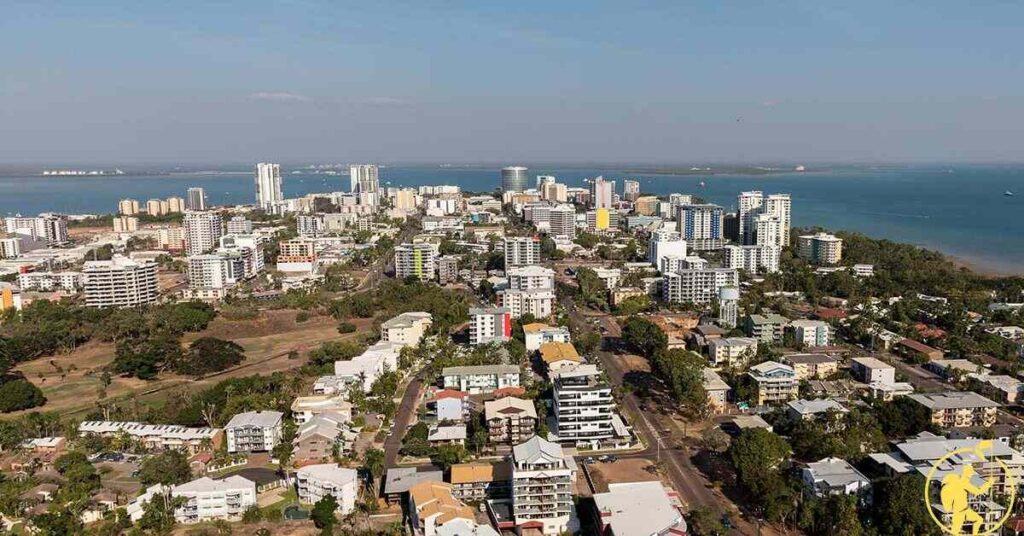
Darwin’s housing market offers good value. Average rent for a two-bedroom apartment is $1,800 monthly. House prices average $480,000.
Charles Darwin University provides quality education. Student housing costs $140-200 weekly.
The job market is strong in government, mining, and tourism sectors. Average salaries range from $65,000 to $85,000 annually.
3. Perth: Western Australia’s Value Proposition
Perth provides affordable living compared to eastern cities. Two-bedroom apartments rent for $1,900 monthly. House prices average $520,000.
UWA, Curtin, and Murdoch universities offer world-class education. Student accommodation ranges from $160-280 weekly.
Affordable suburbs include Armadale, Midland, and Gosnells. These areas have good schools and shopping centers.
4. Hobart: Tasmania’s Economic Choice
Hobart offers lower living costs than mainland cities. Two-bedroom apartment rents average $1,700 monthly. House prices average $580,000.
The University of Tasmania attracts many students. Student housing costs $130-190 weekly.
Daily living costs are 10-15% lower than in Sydney or Melbourne. Groceries and entertainment are reasonably priced.
5. Gold Coast: Queensland’s Affordable Paradise
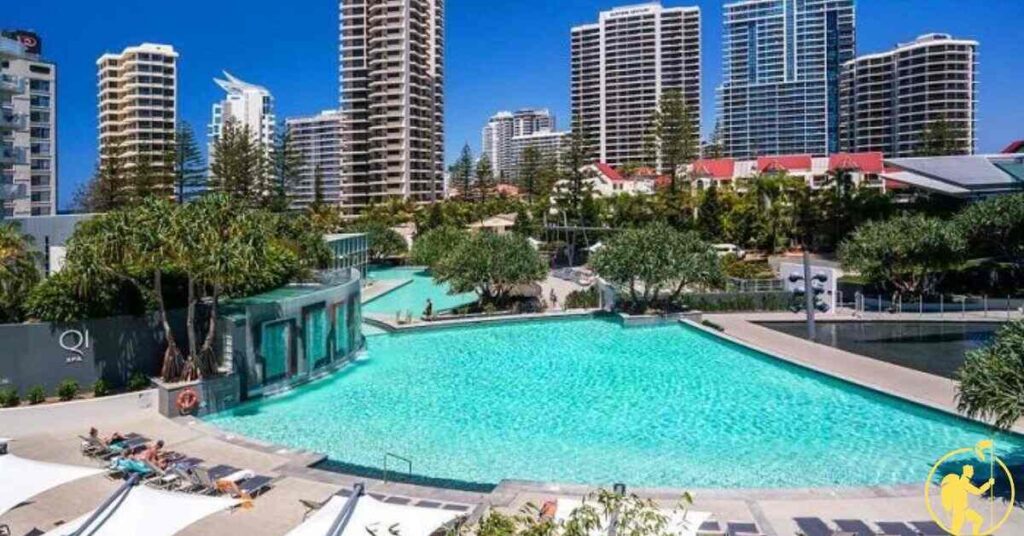
Gold Coast combines affordability with beach lifestyle. Two-bedroom apartments rent for $2,000 monthly. House prices average $650,000.
Several universities have campuses here. Student accommodation costs $170-250 weekly.
Popular affordable areas include Labrador, Southport, and Nerang. These suburbs offer good amenities and beach access.
6. Brisbane: Queensland’s Rising Value
Brisbane offers balanced costs and opportunities. Two-bedroom apartments rent for $2,100 monthly. House prices average $680,000.
Top universities include University of Queensland, QUT, and Griffith University. Student housing ranges from $180-260 weekly.
Affordable suburbs include Woodridge, Logan, and Redbank Plains. These areas provide good public transport and shopping facilities.
Read This Blog: Unlock the Ultimate Shangrila Water Park Experience: 2024 Ticket Prices and Insider Tips
7. Canberra: Capital Territory’s Affordable Areas
Canberra has higher wages offsetting living costs. Two-bedroom apartments rent for $2,300 monthly. House prices average $750,000.
Australian National University and University of Canberra offer excellent education. Student accommodation costs $200-300 weekly.
Outer suburbs like Belconnen and Tuggeranong provide more affordable options. Government jobs offer stable income opportunities.
8. Wollongong: NSW’s Budget-Friendly Coast
Wollongong is cheaper than nearby Sydney. Two-bedroom apartments rent for $1,900 monthly. House prices average $720,000.
University of Wollongong attracts many international students. Student housing costs $160-240 weekly.
The city offers good job opportunities in healthcare and education sectors. Average salaries range from $60,000 to $80,000.
9. Melbourne: Victoria’s Value Areas
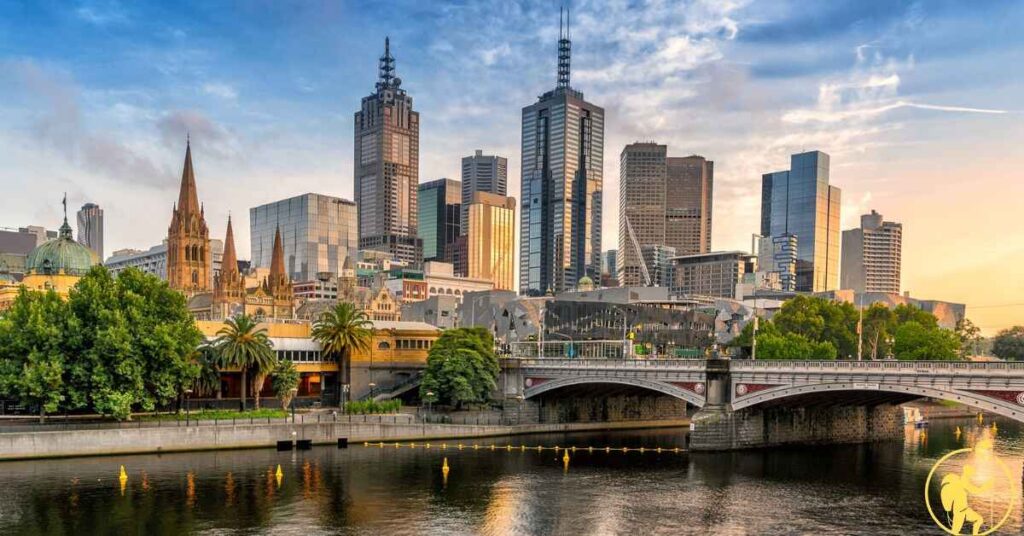
Melbourne has affordable outer suburbs. Two-bedroom apartments rent for $2,400 monthly. House prices average $800,000.
Major universities include Melbourne University, RMIT, and Monash. Student accommodation ranges from $200-300 weekly.
Affordable areas include Frankston, Craigieburn, and Werribee. These suburbs have good amenities and transport links.
10. Sydney: Finding Affordable Spots
Sydney’s western suburbs offer better value. Two-bedroom apartments rent for $2,600 monthly. House prices average $950,000.
Universities include Sydney University, UNSW, and UTS. Student housing costs $220-320 weekly.
Affordable areas include Blacktown, Liverpool, and Penrith. These regions have growing job markets and improving infrastructure.
Also Read: Complete Guide to Tikuji ni Wadi Ticket Prices & Information 2024
Beachside Living on a Budget
Australia’s coastline offers some affordable beach suburbs in 2024.
Top 10 Affordable Beach Suburbs
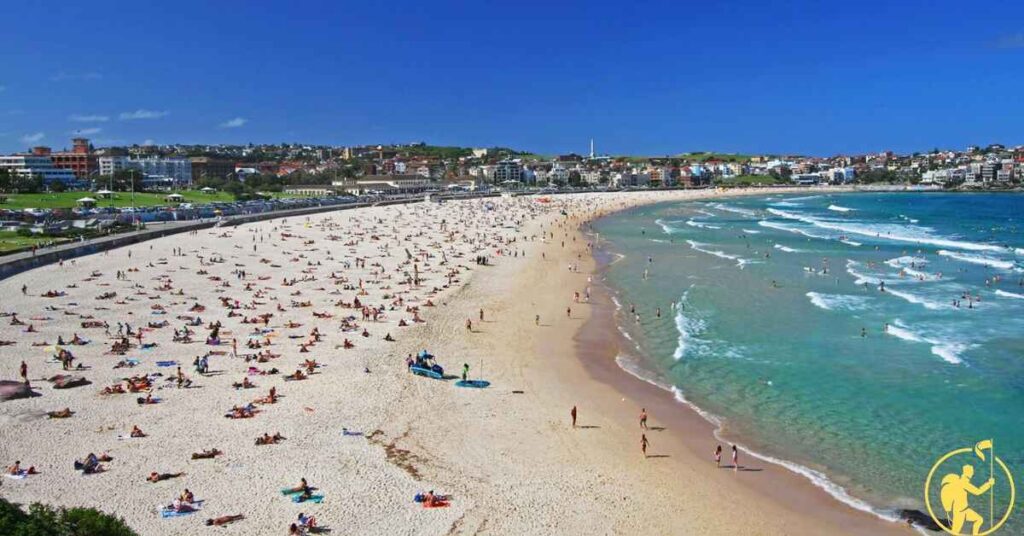
| Suburb | City | Median House Price |
| Safety Beach | Adelaide | $450,000 |
| Brighton | Hobart | $520,000 |
| Scarborough | Perth | $580,000 |
| Palm Beach | Gold Coast | $650,000 |
| Redcliffe | Brisbane | $620,000 |
| Port Noarlunga | Adelaide | $480,000 |
| Shoal Bay | NSW | $590,000 |
| Ocean Grove | Victoria | $680,000 |
| Quinns Rock | Perth | $540,000 |
| Torquay | Victoria | $710,000 |
Most Expensive Beach Suburbs to Avoid
| Suburb | City | Median House Price |
| Bondi | Sydney | $3.2M |
| Brighton | Melbourne | $3.5M |
| Cottesloe | Perth | $2.8M |
| Main Beach | Gold Coast | $2.4M |
| Henley Beach | Adelaide | $1.8M |
Making the Move: Practical Advice
This section helps you plan your relocation effectively.
Tips for Relocating in Australia
Moving costs vary by distance and volume. Local moves cost $500-1,500. Interstate moves range from $3,000-8,000.
Required documents include ID, proof of income, and rental history. Most landlords ask for 4 weeks’ bond and 2 weeks’ rent in advance.
Connection fees for utilities cost $200-400 total. Internet setup takes 1-2 weeks typically.
Cost-Saving Strategies
Share housing cuts rent by 40-60%. Many websites list share accommodations.
Public transport saves $3,000-5,000 annually compared to car ownership.
Shopping at markets and bulk stores reduces grocery bills by 20-30%.
FAQ
What is the cheapest major city to live in Australia?
Adelaide is currently Australia’s cheapest major city. A single person needs about $2,500 monthly to live comfortably. Rent averages $1,600 for a two-bedroom apartment. Food costs are 15% lower than Sydney.
How much money do you need to live comfortably in Australia?
Single person: $3,000-4,000 monthly Couple: $4,500-5,500 monthly Family of four: $6,000-7,000 monthly
These amounts include rent, utilities, food, transport, and entertainment.
Which Australian city has the lowest rent?
Here’s a comparison of monthly rent for one-bedroom apartments in city centers:
| City | Average Monthly Rent |
| Adelaide | $1,300 |
| Darwin | $1,400 |
| Perth | $1,500 |
| Hobart | $1,450 |
| Brisbane | $1,700 |
| Melbourne | $1,900 |
| Sydney | $2,200 |
Are there any affordable beachside suburbs left in Australia?
Yes. Several beachside suburbs remain affordable in 2024:
- Safety Beach, Adelaide: $450,000
- Port Noarlunga, Adelaide: $480,000
- Scarborough, Perth: $580,000
- Shoal Bay, NSW: $590,000
These prices are for median house values.
How do living costs vary between states?
State comparison of basic monthly expenses for a single person:
| State | Average Monthly Costs |
| South Australia | $2,500 |
| Tasmania | $2,600 |
| Western Australia | $2,800 |
| Queensland | $2,900 |
| Victoria | $3,200 |
| New South Wales | $3,500 |
These costs include rent, utilities, food, and transport.
What salary do you need to live in Australian cities?
Recommended annual salaries before tax:
| City | Single Person | Family of Four |
| Adelaide | $65,000 | $95,000 |
| Darwin | $70,000 | $100,000 |
| Perth | $75,000 | $105,000 |
| Brisbane | $80,000 | $110,000 |
| Melbourne | $85,000 | $120,000 |
| Sydney | $90,000 | $130,000 |
How much are basic utilities monthly?
Average utility costs in 2024:
| Utility | Monthly Cost |
| Electricity | $100-150 |
| Water | $50-80 |
| Gas | $50-100 |
| Internet | $60-90 |
| Phone | $30-50 |
What are the cheapest and most expensive grocery stores?
Store ranking by price (cheapest to most expensive):
- Aldi
- Woolworths
- Coles
- IGA
- Harris Farm Markets
How much should you budget for transportation?
Monthly transport costs:
- Public transport pass: $100-150
- Car expenses: $400-600 (including fuel, insurance, maintenance)
- Bike sharing: $20-40
- Ride-sharing: $200-300 (regular use)
What are typical rental bond requirements?
Standard requirements across Australia:
- Bond: 4-6 weeks rent
- Advance rent: 2 weeks
- Application fees: $0-50
- Pet bond (if applicable): $150-400
Conclusion
Australia offers many affordable living options in 2024. Adelaide remains the most cost-effective major city. Regional areas and outer suburbs provide the best value.
Consider factors beyond just housing costs. Job opportunities, transport links, and lifestyle matter too.
Plan your move carefully. Research areas thoroughly. Budget for all expenses. This helps ensure a successful relocation to your chosen affordable location.

J.K. Rolowing, an avid hiking enthusiast with 8 years of experience, blends passion and nature in captivating tales. Embracing the trail, weaving adventures through words.
